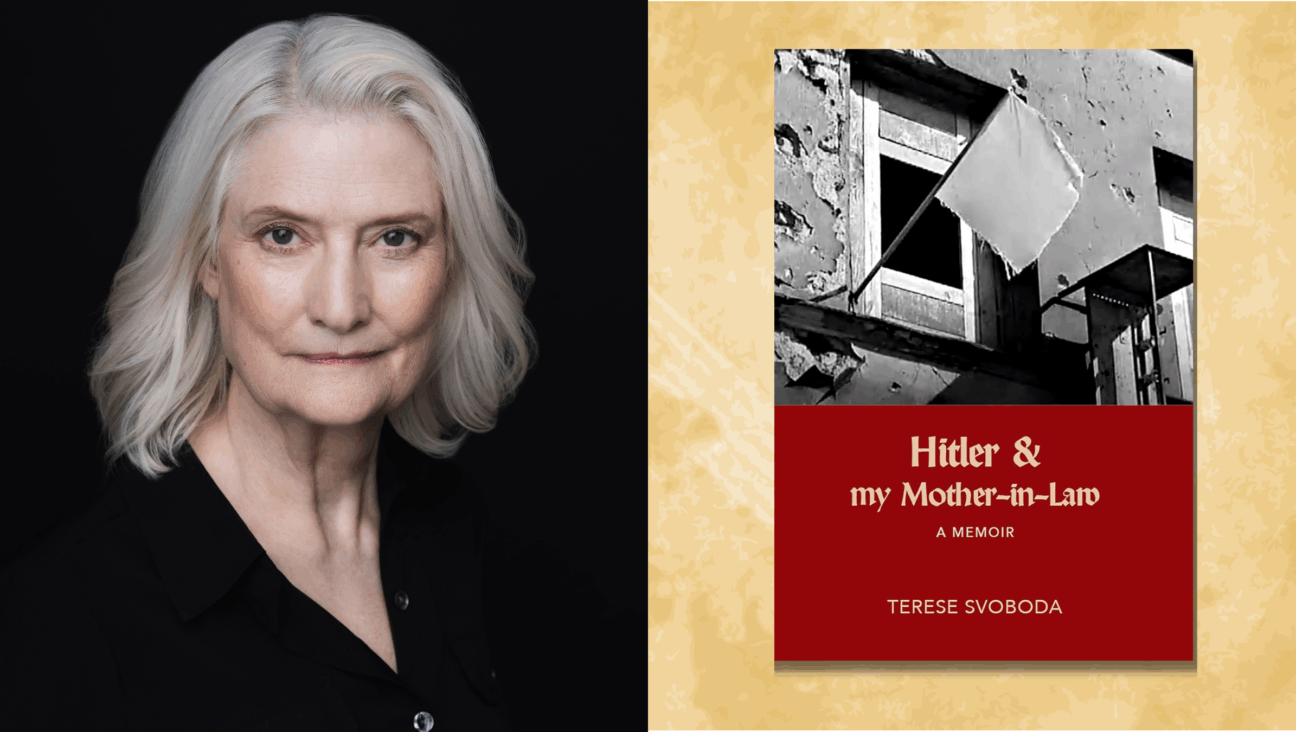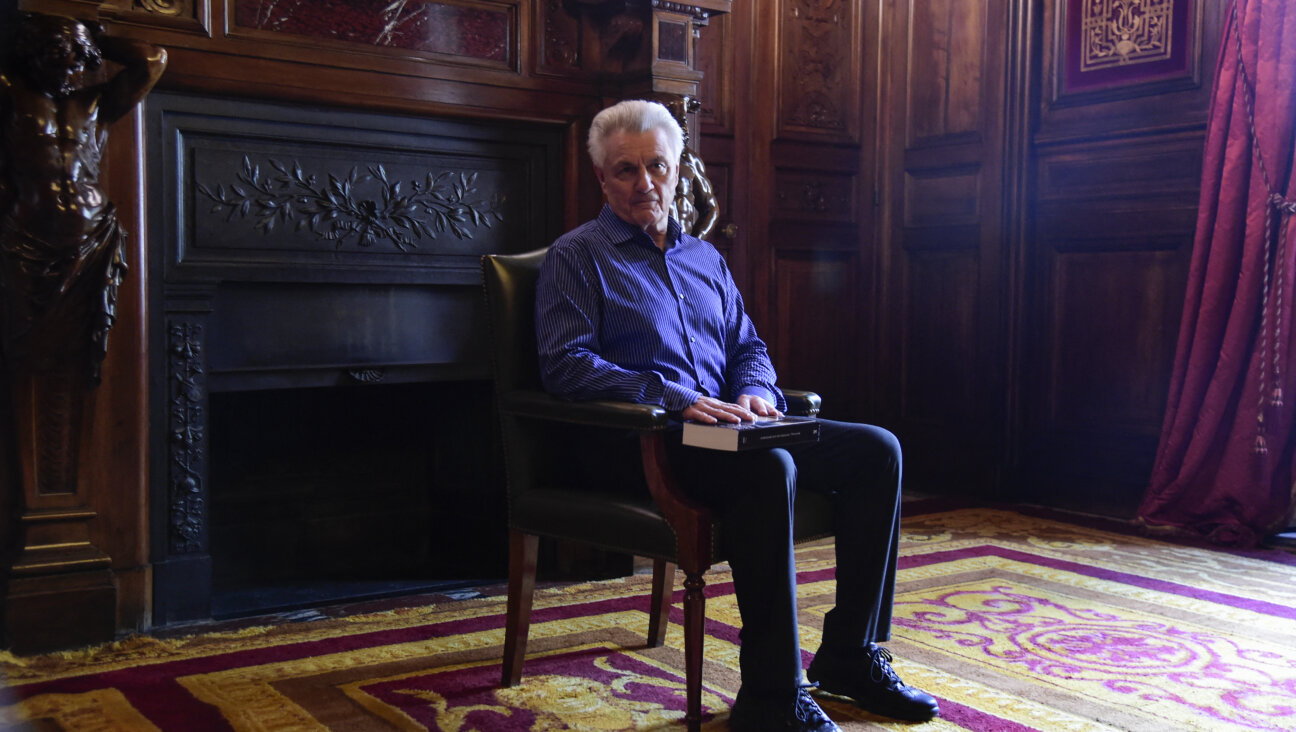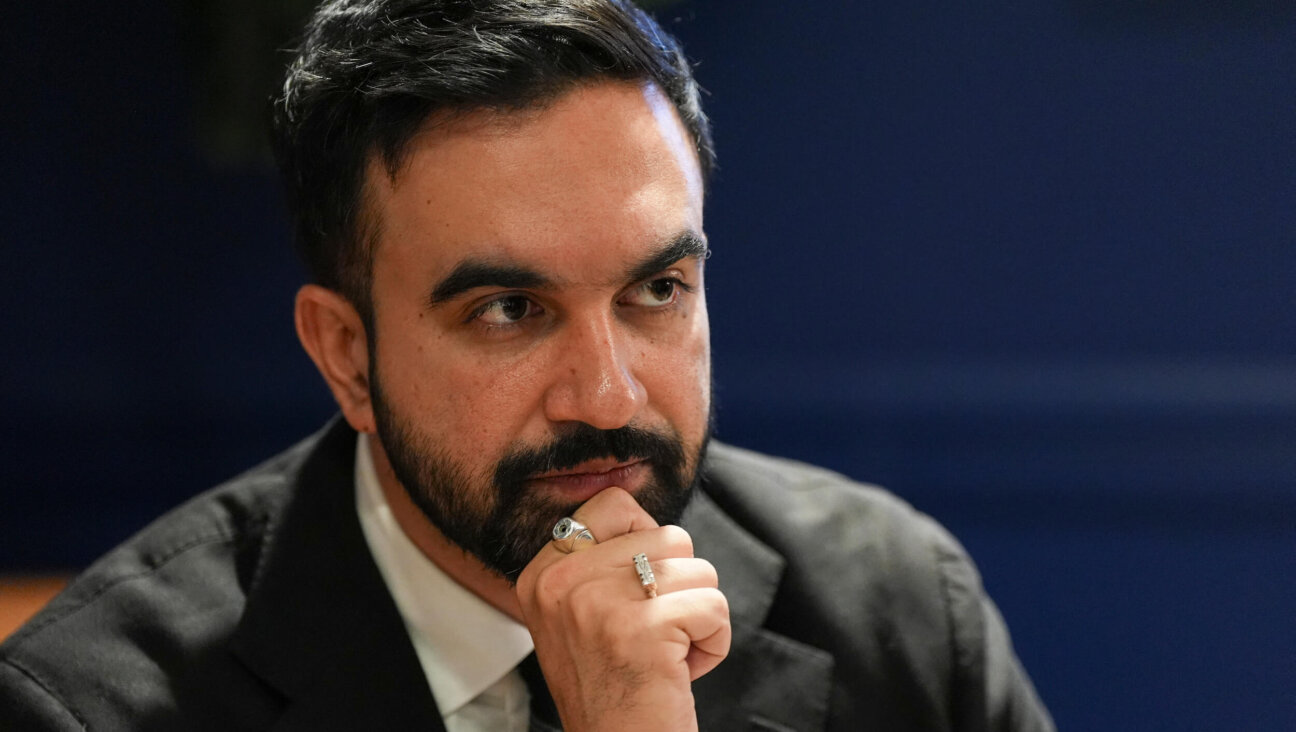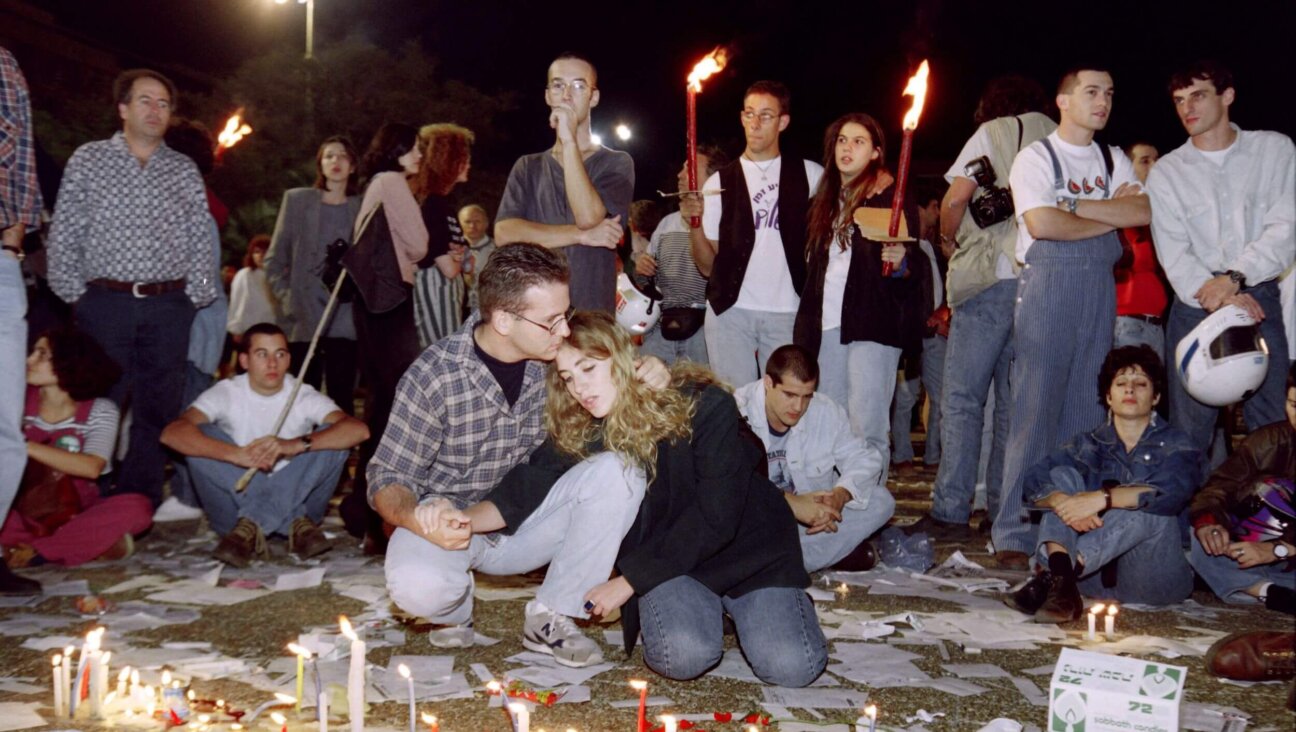Jacob Frank and the Heresy We Forgot
THE MIXED MULTITUDE: JACOB FRANK AND THE FRANKIST MOVEMENT, 1755–1816
By Pawel Maciejko
University of Pennsylvania Press, 360 pages, $65
“History is written by the winners.” Whether or not Napoleon Bonaparte first uttered this, the sentiment behind it applies to the arch-heretic Jacob Frank, who died while Napoleon was still an obscure lieutenant colonel in Corsica. Frank was one of the most enigmatic and bizarre figures in modern Jewish history — a combination of charlatan, opportunist and Jewish religious critic. He grew up as part of the growing Sabbatean movement in Poland, and after numerous incarnations he began his own heretical movement, converting to Christianity with many of his disciples in 1759.
Sabbatai Zevi was an charismatic figure from mid-17th-century Smyrna who was believed by a mass of Jews and some prominent rabbis to be the Messiah. In 1666, under duress from the Sultan of Turkey, he converted to Islam. His followers interpreted this conversion as part of his messianic vocation, and thus the Sabbatean movement remained strong, especially in Poland, well into the 18th century. Some scholars argue that it had a direct impact on early Hasidism. But by the mid-19th-century it had seemingly disappeared from the Jewish community.
Few in the English-speaking world had heard of Sabbatai Zevi until Gershom Scholem’s magisterial 1973 biography, and even fewer had heard of Frank. Indeed, until Pawel Maciejko’s new study, there has been no serious analysis of Frank in English. Many more know of the great heretic Benedict (Baruch) Spinoza and have heard of the great Reformers, from Moses Mendelssohn and Abraham Geiger to Isaac Mayer Wise and Mordecai Kaplan.
The Sabbateans and Frankists on the one hand, and the Reformers on the other, were considered heretics by the traditional rabbis of their day. We know of the latter because their critique developed into non-Orthodox Judaism, but the Sabbateans and Frankists were the forgotten losers, because they converted to either Islam or Christianity, meaning that to modern Diaspora Jews they became irrelevant.
Zionists, however, were infatuated with Sabbatai Zevi and Frank, inspired by their heresy, their messianism and their subversion of rabbinic authority. Important studies of both figures exist in Hebrew, and various Zionist revolutionaries considered both to be either heroes or villains (and sometimes both). For Diaspora Jews, Reform Judaism reframed part of the Sabbatean critique of tradition and Hasidism absorbed and normalized the other part. Even if we reject attempts made by Scholem and his student Isaiah Tishby to draw historical links among Sabbateanism, Hasidism and the Reform movement, it is not a stretch to say that they all share, in different ways, a critique of rabbinic authority and the belief that Jewish law is the exclusive expression of divine will.
Maciejko’s “The Mixed Multitude: Jacob Frank and the Frankist Movement, 1755–1816,” is a brilliant study of Frank and the Frankist movement. It is the product of meticulous archival research in Polish, German, Hebrew and Yiddish, and it brims with sharp observations as it sweeps through its thesis. It convincingly argues that Frankism was a far more pervasive movement in Poland than originally thought, not only in the Jewish community, but also among the Polish aristocracy and clergy. Originally from Poland, Maciejko was trained at Oxford University and is now a lecturer at the Hebrew University of Jerusalem. In “The Mixed Multitude” he argues that without Frank, the history of Judaism and modernity is missing a crucial chapter. The Frankists were not a marginal sectarian movement but a tremendous force in parts of Poland, a force that resulted in the conversion to Christianity of thousands of Jews in the late 18th century.
The movement attracted the attention of Polish kings, noblemen, clergy and intellectuals, and some of the greatest Jewish minds of the time. It had among its ranks such figures as the alleged Sabbatean Jonathan Eybeschutz, who was the rabbi of the prestigious Three Communities (Altona, Hamburg, and Wandsbeck), and his son, Wolf, who was openly Frankist. The Frankists’ conversion to Roman Catholicism forced Jews to rethink their relationship to Christianity. For example, Maciejko suggests that Rabbi Jacob Emden’s famous positive appraisal of Christianity, where he deems the church an “assembly for the sake of heaven,” was written largely to force the Frankists — heretics who had converted but retained some allegiance to Judaism — out of Judaism. In short, more than an expression of tolerance for Christianity, Emden wanted to create an alliance between Jews and the church against the Frankists.
Maciejko argues that contemporary readers have mistakenly viewed Frank simply as a wayward Sabbatean. In fact, in his major theological work, “Words of the Lord,” he has only disparaging things to say about Sabbatai Zevi. While after Frank’s death, many of his disciples merged with Sabbatean communities, Frank set himself apart, claiming that Sabbatai Zevi “did not accomplish anything.” Rather, Frank claimed that he “came to this world to bring forth into the world a new thing of which neither your forefathers nor their forefathers heard.”
We are also mistaken to think that Frank’s heresy, like Sabbatai Zevi’s, was founded on Kabbalah. While certain kabbalistic ideas were certainly used by Frank, and he was called a “zoharist” and “kabbalist” by rabbis such as Emden, he was no kabbalist and had little regard for mysticism in general. Frank was dangerous not because he was a mystic, but because he rejected rabbinic authority, initially calling his group the “Contra-Talmudists.” He used Christianity as a tool to subvert the rabbis, to the point of ostensibly instigating Christian blood libels against the Jews.
Frankism also highlights the importance of gendered attributes of God in Kabbalah and the way those attributes need to manifest themselves in actual women. Ada Rapoport Albert’s new “Women and the Messianic Heresy of Sabbatai Zevi 1666–1816” documents the Sabbatean roots of the ostensibly increased role of the feminine in Hasidism and particularly Frank’s position that the Messiah must be a woman. Maciejko shows that Frank was one of the most outspoken in this regard, even more so than the Sabbateans. On this he writes, “Frank’s rejection of normative Judaism was rooted precisely in the failure of the Jewish religion to truly appreciate the female facet of the Godhead and the messianic dimensions of femininity.” The role of women in Frankism far exceeds anything in the traditional Judaism of its time.
More tangibly, Maciejko notes that while Sabbatai Zevi “ascended to the status of bridegroom of the true word of God, in Frankism the true word of God descended into the palpably material female flesh [of his daughter Eve].” The literality of Frank’s interpretation led to the antinomian and allegedly orgiastic ritual that became known as “the Lanckoronie affair.” Maciejko notes astutely that until then, the rabbis in Poland maintained a peaceful status quo with Sabbatean communities, perhaps even more so than with the Reformers.
Although the details are sketchy, in the town of Lanckoronie, in January 1756, Frank and a group of his disciples ostensibly spent the night in an orgiastic ritual of a mystical marriage with the Torah. Maciejko suggests that this incident “shattered the status quo between the Sabbateans and the rabbinate and caused the abandonment of the ‘don’t ask don’t tell’ policy, preferred up to that point by most Polish rabbis.” If not for this incident, the war against Sabbateanism in Europe that became so prominent in the 18th century might never have taken place, and Sabbatean communities might still exist as a normative part of Judaism.
Aside from an impressive example of historical scholarship, Maciejko has given us a detailed roadmap of Frankism and its importance to modern Judaism. Franks’s solution to the crisis of Judaism and modernity may not be ours. And Frank was certainly a diabolical figure. But his critique of Judaism, even as it failed miserably, may have had more of a lasting impact than we would like to believe.
Shaul Magid is the Jay and Jeannie Schottenstein Chair of Modern Judaism at Indiana University, Bloomington. His most recent book was the award-winning, “From Metaphysics to Midrash” (Indiana University Press, 2008).

















